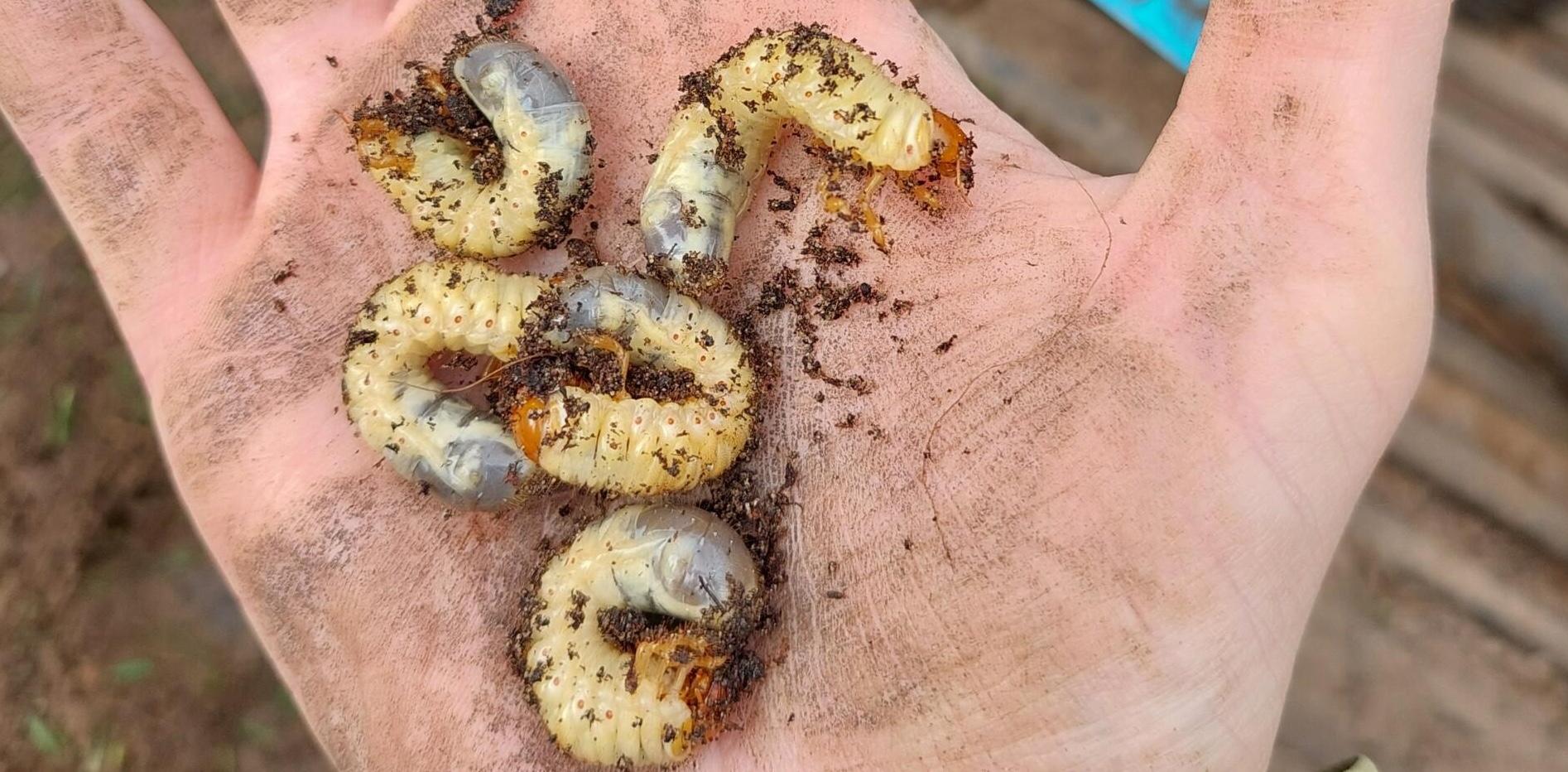Last season we undertook a user trial at 9 golf courses around the UK and learned that by delaying the timing of Acelepryn we may me able to improve the results
Getting the best out of this product relies on us understanding a few things.
- Where does the product sit in the soil profile?
- How long does it stay there?
- When are the insects feeding throughout their lifecycle?
- Where in the soil profile are they feeding?
Quick Note: You can listen this to this article as a Podcast - just the play button below.
If we know those things then we give ourselves the best chance of matching them together and improving our levels of control.
We did some work last year confirming our understanding of how Acelepryn sits in the soil profile - check that out here.................
The big knowledge gap here is the leatherjackets feeding pattern in a managed sportsturf soil profile. As far as I'm aware it's a specialised area that hasn't had enough work done for us to fully understand.
The Trial
We worked with 9 Golf courses around the UK to assess the impact of different timings of Acelepryn applications.
All the golf courses had previously reported high levels of leatherJacket damage.
Out of the 9 courses - 3 reported significant damage and 3 reported some activity.
The 6 golf courses that reported activity were all assessed using my hula hoop method (you can read about that here.......).
In total 108 greens assessed with two different timings
54 greens applied at Peak flight (our current and standard advice)
54 greens applied one month after peak flight.

The above graph shows all the assessments across all 108 greens and it builds a pretty clear picture.
We had no untreated control plot in this trial as leaving golf courses unprotected is not something anyone feels comfortable doing (and I like to be invited back).
Whilst I know we are all looking for zero damage I think if we can keep the damage to below 10 pieces of damage per m2 than we can easily manage some good putting surfaces.
The peak flight application gave us good levels of control across most of the greens, this would have been significantly better in my opinion than any untreated plots as the pressure was clearly high at these sites.
The most successful timing in this trial was the application one month after peak flight and this gave us much better results.
If you are under high leatherjacket pressure then on the back of this work I would recommend you push your application back to around the end of October / beginning of November.


Below are a few more articles I've written recently that you should have a look at ..




